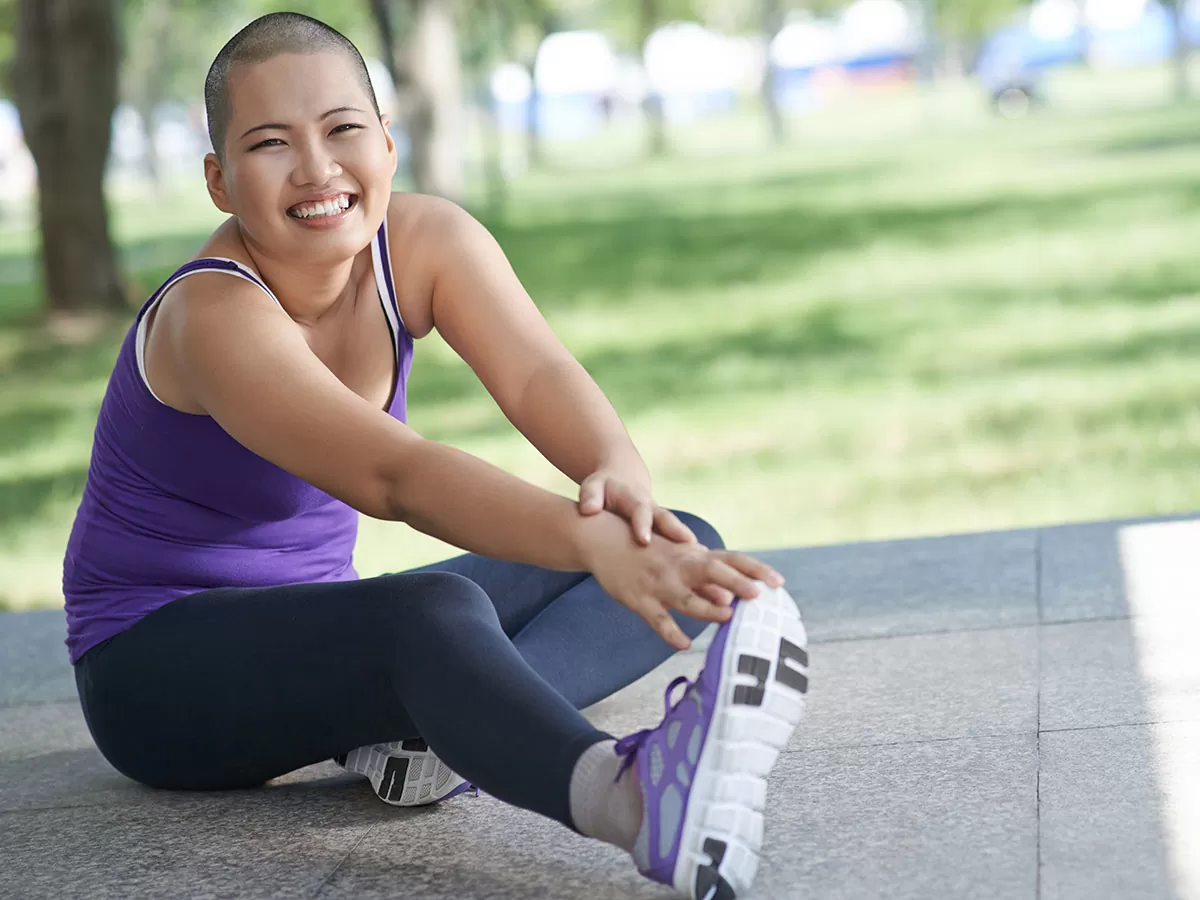Moving Forward: How Exercise Can Support Women with Ovarian Cancer
Ovarian cancer is a life-changing diagnosis, and the treatments that follow—surgery, chemotherapy, or targeted therapies—can take a significant toll on both body and mind. Many women face fatigue, pain, reduced fitness, and changes in mood or confidence. While exercise might not be the first thing that comes to mind during cancer treatment, research now shows that the right kind of movement can be one of the most powerful tools to support recovery and long-term wellbeing.

As an Accredited Exercise Physiologist, my role is to help women navigate this journey with safe, individualised exercise programs. Exercise is not about “pushing harder” or “getting back to normal” overnight. Instead, it’s about moving in ways that feel manageable, sustainable, and aligned with your health needs at every stage—whether you are in treatment, recovering from surgery, or adjusting to life afterwards.
Exercise During Treatment
Chemotherapy and other treatments can leave you feeling drained and unwell. Gentle, regular movement can help ease fatigue, improve sleep, and reduce muscle loss. Even short bouts of walking, stretching, or light resistance work can make daily activities feel easier and help maintain independence. Many women also notice that exercise supports their mood and gives them a sense of control during a time of uncertainty.
Recovery After Surgery
Surgery for ovarian cancer often involves the removal of the ovaries, fallopian tubes, uterus, or other tissues. While this is an essential part of treatment, it can also affect your pelvic health and core function. Common issues after surgery may include changes in bladder or bowel control, abdominal weakness, scar tissue tightness, and discomfort with certain movements.
This is where tailored exercise plays a vital role. Gentle core and pelvic floor exercises can help restore strength and control, reduce pain, and improve confidence in daily activities. Over time, we can progress towards more functional movements that support your posture, balance, and overall strength. Importantly, every program is designed to respect the healing process—never rushing, but gradually rebuilding so you feel safe and supported.
Life Beyond Treatment
As you move past treatment, exercise can help you regain fitness, improve bone and joint health, manage weight changes, and support long-term energy. It also provides a valuable outlet for stress and can be a way of reconnecting with your body after all it has been through. Many women describe exercise as not only helping physically but also emotionally—building resilience, confidence, and a sense of empowerment.
You’re Not Alone
Every woman’s experience with ovarian cancer is unique. Working with an Exercise Physiologist means you don’t have to figure it out on your own—you have guidance that is compassionate, evidence-based, and tailored to your needs.
If you are navigating ovarian cancer, remember: exercise isn’t about perfection or performance. It’s about giving your body the best chance to heal, recover, and thrive. Even the smallest steps forward are powerful.
